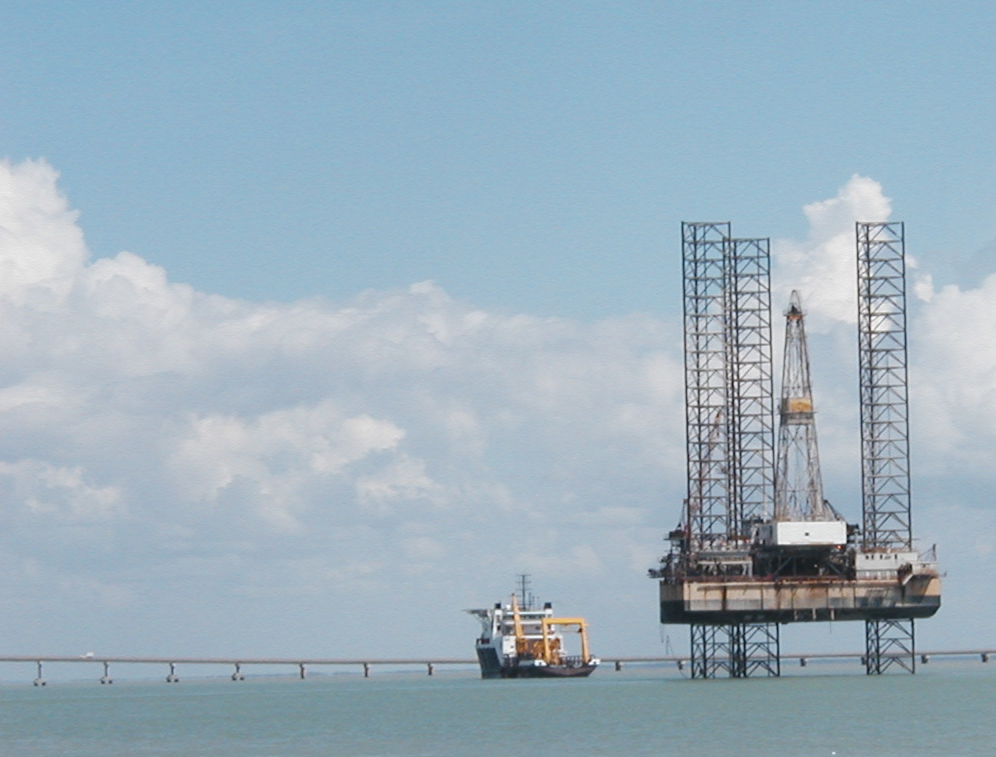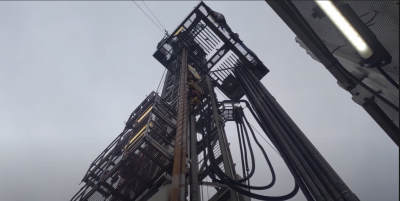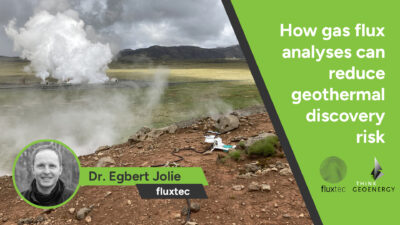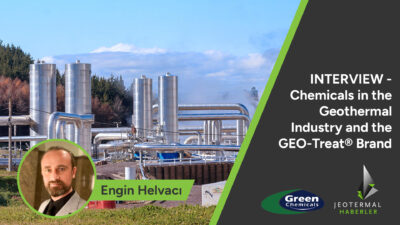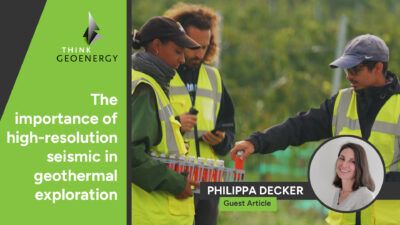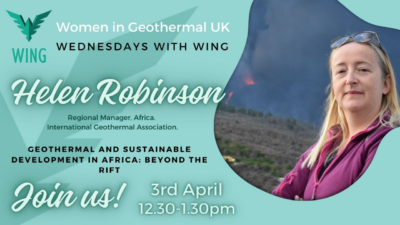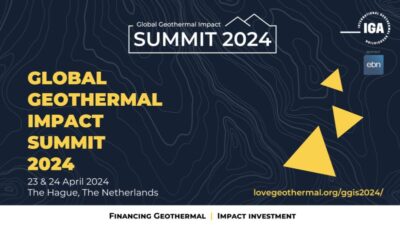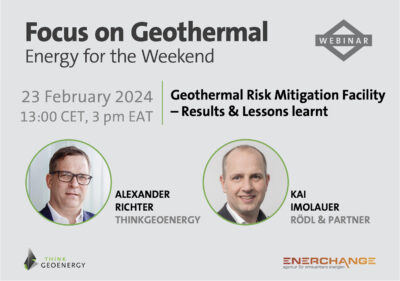Offshore geothermal development – an option for the Arctic?
An interesting session at the recently held Arctic Circle conference in Iceland highlighted interesting research and efforts on offshore geothermal development off the coast of Iceland by Icelandic company North Tech Energy.
At the recently held Arctic Circle event in Reykjavik/ Iceland, there were some interesting discussions about the energy future for the Arctic. While energy discussions are increasingly focusing on renewable energy, they are even more so relevant in the Arctic. With increasing energy demand due to climate change and the opening of Arctic waterways, the issue of energy has been an important element of the discussions during the events. Today, energy supply often depends on fossil fuel, which is expensive, and the issue of climate change also plays an important role in a drive towards renewable energy deployment in the region.
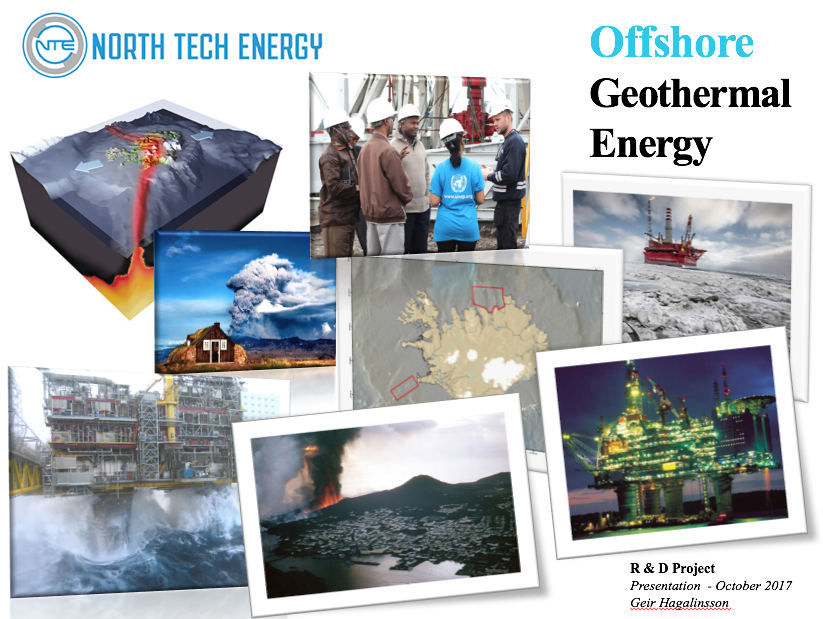
While not every country along the Arctic Circle has the potential for geothermal energy development, Iceland and also the region of Northeastern Russia, Northern Japan and Alaska have possibilities, said Geir Hagalinsson, CEO of North Tech Energy during a session on offshore geothermal.
The session featured presentations by North Tech Energy, Iceland GeoSurvey and SINTEF from Norway.
The first presentation by Geir Hagalinsson, CEO of North Tech Energy described his company’s efforts to explore offshore geothermal potential in Iceland. The company has secured two geothermal exploration licenses off the cost of Iceland. One in the Northeastern part of the country, the other on the southwestern tip of the island. Both areas are offshore extensions of geothermal production areas. Krafla/ Theistareykir in the North and Reykjanes in the South.
North Tech Energy as the developer is conducting R&D activities, a desktop study, exploration and is targeting financing for the project. The company has contracted Iceland GeoSurvey (ÍSOR) as part of its development team and has started its three year exploration plan.
The company aims to use a jack-up rig to drill, which limits work to water depths that can be handled by this rig. The company sees a potential of up to 1,000 MW of development, which would require an “offshore” electricity market, such as UK or mainland Europe. The production of Hydrogen could also be an option to export “power”.
The company first started to think about offshore development back in 2009, but started in 2016 with preparations and a grant application to the European Union. In April 2017, the company secured the exploration license from the National Energy Authority in Iceland.
If everything goes according to plan, drilling and construction work could start in 2020, with electricity production by 2026.
Looking at other potential areas for offshore geothermal development, North Tech Energy sees the Caribbean, Hawaii, the Azores, Indonesia, the Philippines, New Zealand, Italy and Japan as possible locations.
The company is partnering with the following entities on the project: Efla, Geothermal Research Group (GEORG), ÍSOR, the National Energy Authority of Iceland, Navigo (all from Iceland), and SINTEF from Norway.
As technical partner to the project, Iceland GeoSurvey (ISOR) plays an important role in the project. In a presentation by Bjarni Richter, Director Geothermal Energy at ISOR, he discussed the geothermal resources in Iceland and those off the coast.
He also provided a great overview on the challenges, but also the opportunities for offshore geothermal development.
While there are higher costs of exploration and drilling, as well as a more challenging technical environment, the issue of ownership and land issues is simpler. Offshore geothermal also provides advantages on the issue of visual effect, noise impact, less direct impact of H2S emissions and less impact on environmental incidents.
Otherwise the properties of the reservoir are essentially the same to onshore geothermal development. But questions remain on if injection wells are needed, chemical challenges and the issues of financing.
The event was closed with a presentation by Odd-Geir Lademo, Research Manager at SINTEF, who talked about the connection of research and development from the oil and gas sector and the role of SINTEF in realizing synergies and innovation from the oil and gas sector. Since 2010 Norway with the GCE Node cluster have been actively looking into geothermal as an option for oil and gas.
During the event, there were several energy sessions. One was held at Reykjavik University, which featured presentations on energy development in the Canadian Arctic. We will report on this event in a separate post.
This piece is built on notes from the event and the presentations of Geir Hagalinsson and Bjarni Richter. Thanks to Ágústa Yr Thorbergsdóttir for organising this informative event.
